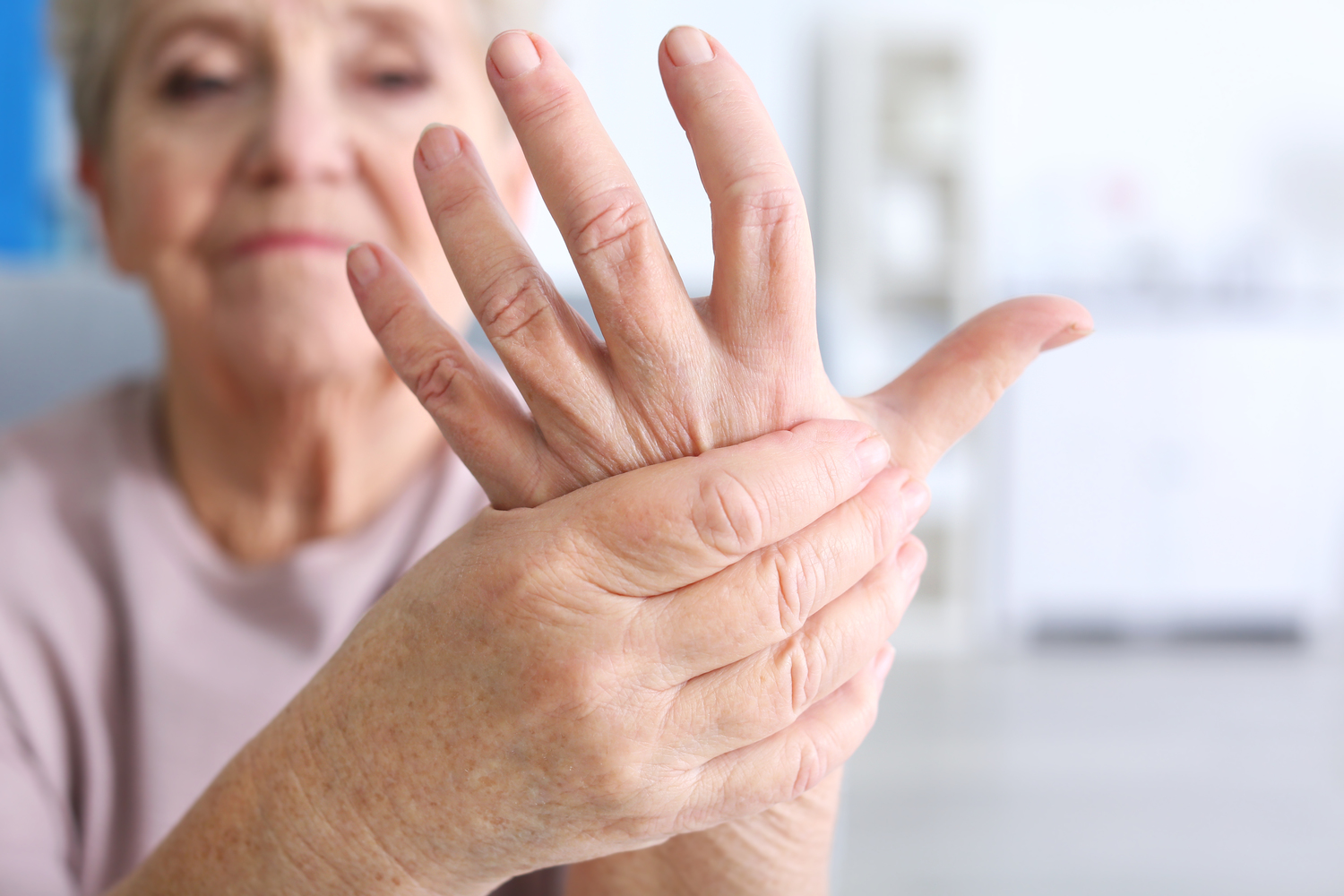
Dyskinesia and Tremors – Causes and Treatment Options
Involuntary muscle movements with different causes shown by people suffering from Parkinson’s disease are known as dyskinesia and tremors. Tremors are rhythmic movements that can occur even when one is resting and can cause movement in a particular area like the hand or head or can even cause balancing problems. Dyskinesia, on the other hand, is a disordered movement that cannot be suppressed. The various treatment options for dyskinesia and tremors are determined by the causes.
Causes and signs of tremors and dyskinesia
- Tremors usually occur due to the lack of dopamine, a chemical in the brain that causes involuntary movements.
- Genetics, age, family history, and medical conditions like Parkinson’s can cause tremors in an individual.
- Other causes of tremors include medications, Huntington’s disease, vascular disease, brain injury, overactive thyroid glands, and alcohol abuse.
- Tremors can occur at any age but generally affect people above the age of 45years.
- Tremors are usually the first signs shown by people with Parkinson’s disease and they can get worse as the disease progresses. If detected at an early stage, tremor symptoms are manageable, but as the symptoms progress, one might find difficulty in performing daily activities without additional support.
- Dyskinesia, on the other hand, is caused due to high doses or long term use of a medication called levodopa that affects the dopamine levels in the brain. Levodopa medication is used to treat Parkinson’s symptoms.
- Uncontrollable body movements like wriggling, twitching, and jerking are some symptoms shown by people with dyskinesia. Severe dyskinesia symptoms can lead to brain injury. It can start in one part of the body and can affect the entire body as the disease progresses.
- The severity of uncontrollable body movements can be mild but can also cause pain in extreme cases. Stress and anxiety can aggravate dyskinesia and tremor symptoms.
Treatment options for dyskinesia and tremors
- Medications
Treatment options for dyskinesia and tremors include medications. Once the type of dyskinesia and tremors are recognised, medications to help control the symptoms are prescribed by a physician. Beta-blockers, anti-seizure medicines, and tranquilizers are used for treating tremors. In some cases, botox injections are also prescribed to help control tremors and dyskinesia symptoms up to 3 months. Depending on the conditions, the use of levodopa medications is either reduced or completely stopped to control the dyskinesia symptoms. Changes in levodopa doses might cause difficulty in performing certain motor skills. With the advancement in the field of medicine, non-levodopa medications are available to control the symptoms of dyskinesia. - Deep brain stimulation
Treatment options for dyskinesia and tremors include deep brain stimulation. It is a surgical procedure where an electrode is inserted in the thalamus, the movement controlling part of the brain. This electrode is connected to a neuro-stimulator implanted in the chest through a wire. This device interrupts the signals from reaching the thalamus and prevents the symptoms of tremors and dyskinesia. - Physical therapy
Treatment options for dyskinesia and tremors focus on improving coordination and muscle strength. Regular exercises like walking, swimming can help in regulating muscle movements and lowering the risk of developing dyskinesia and tremors.
While dealing with tremors and dyskinesia, it is very important that one avoids emotions like stress, anxiety, etc., which might increase the intensity of tremors or dyskinesia.



